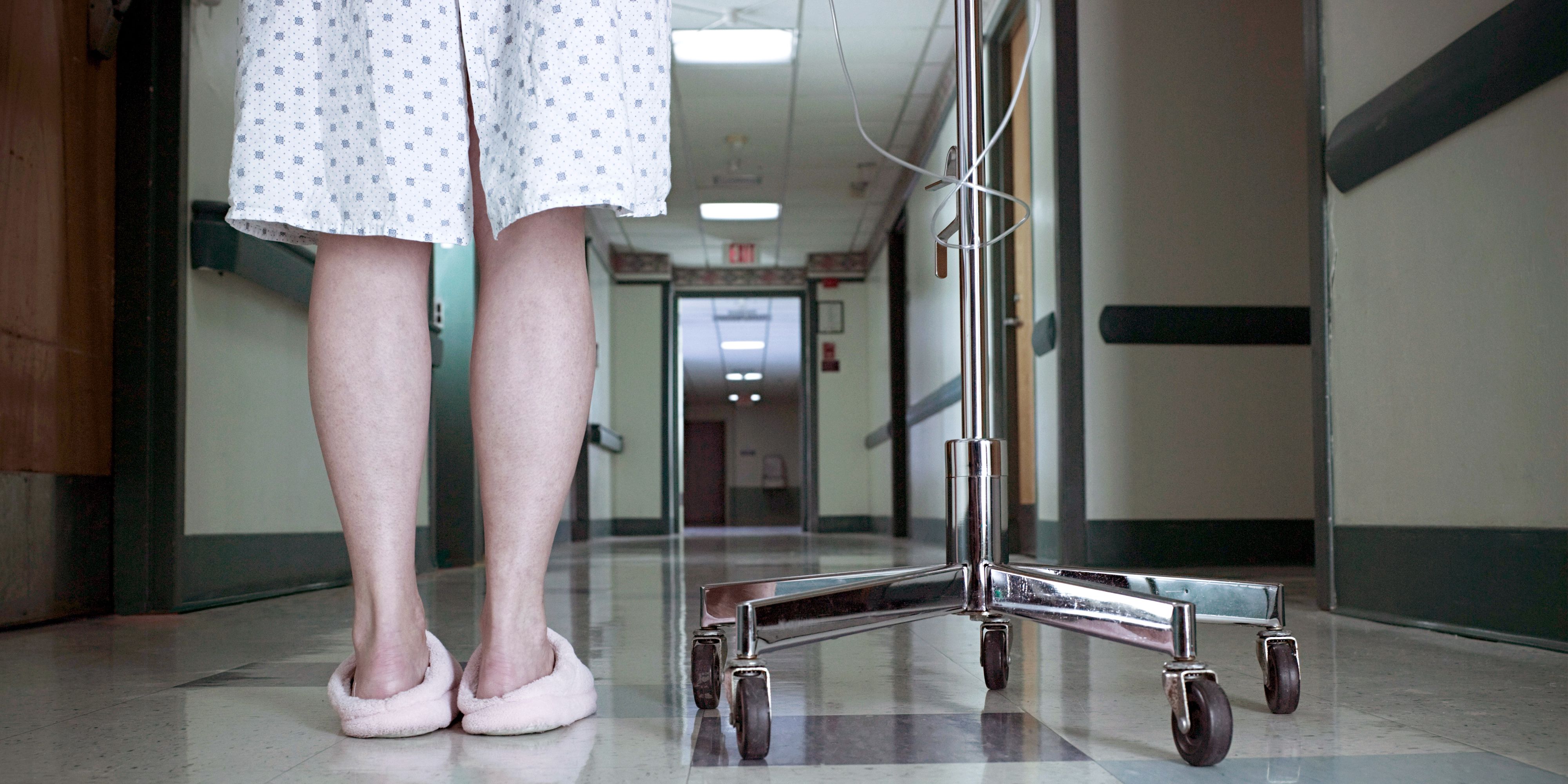Sexism pervades every aspect of society, and women have come to expect discriminatory treatment wherever they go. Women have to handle misogyny everywhere from work to walking down the street, and this type of treatment has been commonplace for years. However, the last place one would expect to experience gender discrimination is at the doctor’s office.
There is a long history of sexism in health care, dating back thousands of years. As far back as 1,900 BC, people believed that the “wandering womb” was the root of female illness. Essentially, the womb was thought to move around the body whenever a woman was in distress and would cause physical or mental ailments. Though there were multiple remedies to restore the uterus to its proper location, procreative sex was thought to be the best solution.
The wandering-womb myth went hand in hand with hysteria, a term derived from the Greek word “hystera,” which means uterus. The term was first used by Hippocrates in the fifth century BC and, given its obviously gendered etymology, was thought to only affect females. Hysteria often resulted in anxiety but could lead to more drastic afflictions, such as convulsions and paralysis.
The belief of hysteria as a female-only diagnosis prevailed until well into the 20th century and was even of particular concern to Sigmund Freud, who decided that hysteria resulted from women mourning the fact that they do not have penises. What did he propose as a treatment for hysteria, you may ask? Well, just like in ancient times, Freud declared that marriage and procreative sex was the best fix for hysteria.
Women were also subjected to sexism in healthcare for a variety of other reasons. Many otherwise normal activities, such as reading books, were thought to exacerbate mental illness in women, and women’s pain would not be taken seriously if women took the initiative to self-report. In general, the medical field largely dismissed female ailments as delusions and thus routinely ignored them.
Though doctors today aren’t subjecting women to ridiculous remedies and prescribing pregnancy to fix their illnesses, sexism is still a staple in medical practices. Women today are still ignored and their concerns are explained away, much like in the olden days.

Much of the knowledge the medical community possessed prior to the 1980s relied on studies that only had male subjects. For example, the first study to observe the effects of estrogen on the prevention of heart disease completely excluded women. Women tend to have a higher chance of adverse drug reactions for various reasons, including the way they metabolize drugs differently than men, but these consequences were not realized until after the drug was already introduced onto the market.
Women are also more likely to be misdiagnosed or not listened to by their doctors. One study found that, of heart attack patients who sought medical care prior to their heart attacks, 53 percent of women said that their doctors did not think their issues were heart-related, compared to only 37 percent of male study participants.
Double standards can be found in all parts of the medical industry, and men and women are subjected to different treatment even in trial studies. In 2016, a study for the male birth control injection was halted due to the men in the trial complaining of adverse side effects, such as changes in mood, muscle discomfort and a few other mild-to-moderate side effects.
Though the men in this study had every right to raise concerns about these effects, some people were infuriated because women have had these same complaints for years but were ignored. Women in birth control studies were expected to just grin and bear it, while men’s concerns were taken into consideration and the trial was discontinued.
Sexism exists even in OB/GYN offices, where there aren’t any cisgender male patients to compare treatment to. Nevertheless, gender bias pops up in every aspect of gynecological care. Patients’ concerns are routinely dismissed, as is clearly evidenced in treatment for endometriosis. Endometriosis affects one in 10 women of reproductive age yet, despite its prevalence, women often don’t get diagnosed for years.
Typically, women may not get a diagnosis for a decade, but some women have to wait even longer to find out what is happening to their bodies. One woman said that she had to suffer with her symptoms for 14 years before an official diagnosis. Doctors would either dismiss her pain or send her on her way to another doctor when they hit a dead end, which is the case for many women who suffer from the disorder. More often than not, doctors consider the pain these women experience as a normal part of womanhood or, even worse, think that their patients are exaggerating how severe the pain is.
Women are also routinely denied the ability to undergo permanent sterilization procedures. Though the American Congress of Obstetricians and Gynecologists does not encourage dissuading or rejecting patients from undergoing procedures such as tubal libations or hysterectomies, many physicians do not want to perform such procedures on women, particularly if they are young, single or childless.
Doctors often take on a paternalistic role in these situations, which can frustrate women who know what they want to do with their bodies. Many women describe going through multiple doctors before finding one who will allow them to follow through with the process, but some never find any doctor who is willing to perform a sterilization procedure.
However, few men describe being discouraged from obtaining a sterilization procedure or being rejected outright. In fact, many women who claim they were rejected for sterilization assert that their male partners did not experience such barriers to getting a vasectomy.
Sexism in the healthcare sector can often turn deadly. In the aforementioned heart attack study, women were found to experience in-hospital death at higher rates than men, which most likely correlates to doctors underestimating their symptoms before their attacks.
Women in the U.S., especially black mothers, are subject to the highest maternal mortality rates in the Western world, and many of these cases are a result of these women not being listened to by medical providers. Shalon Irving, a CDC employee, died after her concerns were ignored by a nurse after giving birth but, sadly, her story is not unique.
Even if ignoring women did not result in death, as it sometimes does, the effects of doing so are still adverse and must be remedied. As I have demonstrated, women have experienced sexism in the medical field for millennia, and it’s high time something is done about it.
While 78 percent of healthcare employees are female, the higher-up positions are usually filled by men. For example, only 27 percent of hospital board members are female. Thus, healthcare decision makers tend to be male, which affects how patients are cared for. Paying female healthcare workers fairly and recognizing their achievements — which will increase their participation in higher healthcare positions — can positively impact healthcare decisions and make them more equitable along gender lines.
There is also substantial evidence that doctors tend to think women’s pain is more a result of emotional factors than physical, which is most likely a lingering consequence of the hysteria line of thought, and their treatments pale in comparison to men’s. Doctors must learn to set aside their biases in the emergency room and elsewhere and begin taking women’s concerns as seriously as men’s, starting with holding themself and other coworkers accountable.
Women shouldn’t have to fight to be heard by those who are supposed to be taking care of them. As journalist Julia Buckley said, “People are dying because they are female and doctors are blinded by their gender. Don’t assume that women are hysterical. That’s quite basic. Treat everyone as a person.”

















